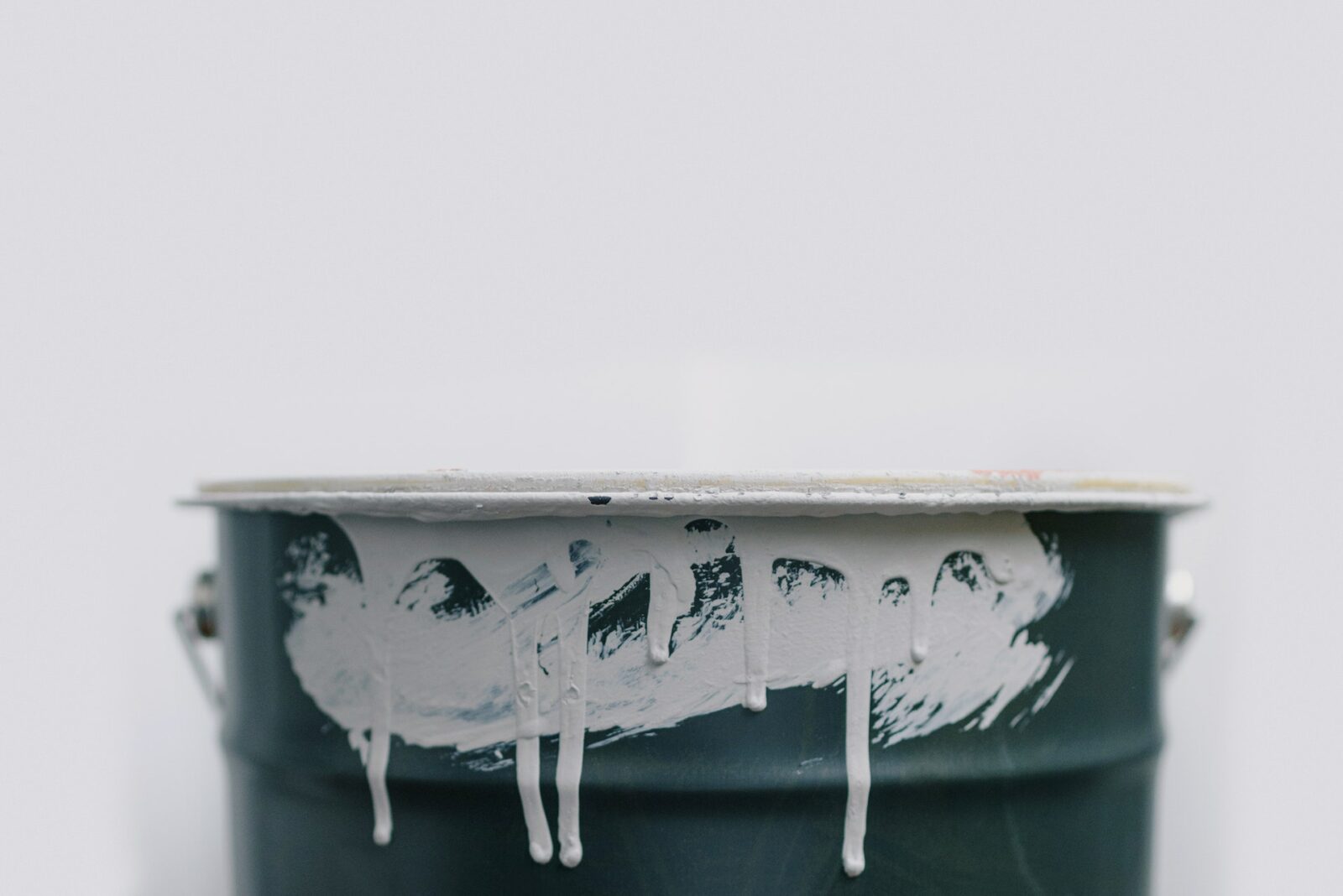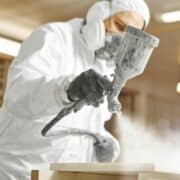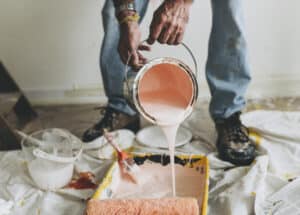Mineral spirits and paint thinners are essential solvents required for thinning varnishes, oil-based paint, and stains. They are also used for cleaning paint equipment and oily materials. If you are wondering about the difference between mineral spirits vs paint thinner, here’s a complete breakdown.
In today’s date, more and more people are pivoting towards water-based latex paints. This has decreased the usage of oil-based products in painting that require mineral spirits and paint thinners.
However, there are still contractors and DIYers who prefer taking the old-school, yet efficient route of oil-based paint. Some of the main reasons for this is that oil-based pants remain streak free.
Mineral Spirits VS Paint Thinner
Before we get to the difference between both items, let’s first understand what exactly are these products in depth along with their pros and cons.
Mineral Spirits
Mineral spirits are composed of 100 percent petroleum distillates and are devoid of any additives. It is a clear product used for thinning oil-based paint along with cleaning varnishes, stains, and paint spills as well as painting equipment.
How To Use Mineral Spirits?
For Thinning Paint: If you are using mineral spirits for thinning paint, add 4 ounces of the former per gallon of oil-based paint. You now have smoother consistency of paint for a seamless finish.
For cleaning equipment: Take a cup of mineral spirits and soak the bristles. Keep it in a well-ventilated space for a few minutes, swirl the brushes and clean them with water.
Cleaning stains and spills: Dampen an old rug or thick cloth with mineral spirits. Throw it over the stain, let it sit for a few seconds and wipe it up. The stains will come right off.
Pros & Cons Of Mineral Spirits
| Pros | Cons |
| Gives an even, smooth finish to paint | Expensive than paint thinners |
| Less smelly, odorless version available | Flammable |
| Less toxic than paint thinners | Not suitable for asphalt products |
Paint Thinner
Much like mineral spirits, paint thinners are solvents used for thinning oil-based paint, clean painting equipment, stains and more.
They can be petroleum or alcohol-based and can include the following – Turpentine, Acetone, Toluene, Naphtha, Xylene, Mineral spirits, Denatured alcohol, etc.
How To Use Paint Thinner?
For thinning paint: Since there are different types of paint thinners for different paints, check the label of the product to ensure the thinner is suitable for your paint.
The ratio of paint thinner and paint is a crucial element to emphasize to get a smooth finish. Usually, a ratio of 3:1 or 4:1 of paint to paint thinner is suitable. However, it is recommended to follow the manufacturer’s information to get the perfect mixture.
For cleaning equipment: Just like mineral spirits, fill a container with paint thinners and soak your brushes, rollers, etc in a well-ventilated room for a few minutes. Give them a good swirl and clean them with clean water, preferably lukewarm.
Remember to not use a plastic container as the thinner may damage the same.
For cleaning stains: Dampen a piece of cloth or towel with paint thinner and dab on the stain until it comes off. Make sure to wear gloves while doing the same.
Pros & Cons Of Paint Thinner
| Pros | Cons |
| Cheaper than mineral spirits | Toxic |
| Turpentine-based thinners have better solvency than mineral spirits | Highly flammable |
| More efficient in removing dry paint stains | Has strong fumes and odor |
Mineral Spirits VS Paint Thinner: A Complete Breakdown
Chemical Composition
Mineral Spirits
It is composed of 100% petroleum distillates. It is refined and has no additives
Paint Thinners
It is composed of other solvents such as acetone, xylene, etc.
Efficiency
Mineral Spirits
It is more concentrated is more potent in terms of effectiveness and efficiency.
Paint Thinners
Less effective than mineral spirits. However, some types of paint thinners are better at removing dry paint stains.
Flammability & Evaporation Rate
Mineral Spirits
They evaporate at a slower rate and are a lower fire hazard as compared to paint thinners. However, they are still highly combustible and must be used carefully.
Paint Thinners
Paint thinners tend to ignite and evaporate more easily than mineral spirits. Different paint thinners have different flammability rates with acetone being the most flammable one.
Finish
Mineral Spirits
Since mineral spirits evaporate slower than paint thinners, they level out paint more seamlessly on surfaces and give a smooth finish.
Paint Thinners
Paint thinners tend to give less smooth finish in this case of mineral spirits vs paint thinners.
Toxicity
Mineral Spirits
Since mineral spirits are heavily refined they comprise lesser amounts of VOCs or Volatile Organic Compounds that can be highly toxic.
Paint Thinners
Paint thinners are highly toxic and must be used with caution.
Price
Mineral Spirits
Since mineral spirits is a refined and pure product, it goes through a lot of processing which increases its cost per gallon.
Paint Thinners
Paint Thinners are less expensive as compared to mineral spirits.
After comparing mineral spirits vs paint thinners side by side we can conclude that mineral spirits is definitely the better option. However, we cannot overlook the effectiveness of paint thinners as well. Keeping your requirement and budget in mind, you can choose between both for your home improvement.








